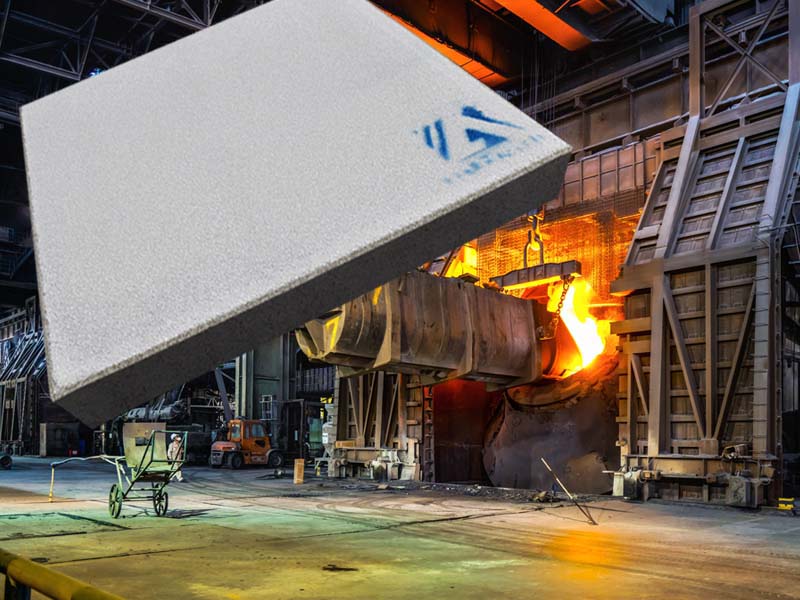
06 12月 Ceramic Filter Indonesia Aluminum
Compared with the previous technology, Ceramic Filter Indonesia Aluminum has the advantages of high thermal shock resistance, high corrosion resistance, sufficient strength, economical production, environmental protection, and low density. The slurry produced by the ceramic foam filter contains alumina, silica, calcium compounds, boron compounds and so on. The open-cell foam is impregnated with the slurry to evaporate and sinter the support.
The cast aluminum ceramic filter plate provides an effective and efficient method to remove aluminum inclusions.
The actual removal effect will vary depending on the conditions of use. Generally, as the pore size of the filter plate and the speed of filtering molten metal decrease, the effect will increase.
Ceramic filters for casting must be preheated before use.
The filter plate must be completely sealed in the filter housing to ensure that the aluminum liquid passes through the ceramic filter.
The total amount of filtration must not exceed the limit. If the amount of slag in the aluminum water is too high, some filtering or adjustments are needed to reduce the output.
Ceramic Filter Indonesia Aluminum can effectively remove all kinds of fine inclusions in the aluminum liquid, so that the aluminum liquid becomes a smooth laminar flow, which is conducive to filling.
It has good mechanical strength and chemical stability, as well as excellent cleaning of aluminum. Strictly control the pore size and pore size ratio to achieve stable filtration.
Ceramic Foam Filter is surrounded by thermally expanded ceramic fiber gaskets, which helps the filter plate to be sealed in the filter housing to ensure that no metal liquid passes through.

According to news on November 24, the President of Indonesia reiterated its plan to stop the export of all bulk commodities and raw materials. It is possible to stop bauxite exports in 2022, copper exports in 2023, and tin exports in 2024. As soon as the news came out, it caused heated discussions in the industry.
1. Historical review and background
According to statistics from the United States Geological Survey, as of the end of 2020, Indonesia’s bauxite reserves were 1.2 billion tons, ranking sixth in the world.
Indonesia used to be the world’s largest bauxite exporter. In 2013, the country’s bauxite exports accounted for 51% of global trade.
In 2014, Indonesia implemented a policy of prohibiting the export of raw ore. The country’s bauxite export volume fell sharply, and it stopped exporting in 2015. This move caused a major change in the global bauxite trade pattern.
It was not until the Indonesian government issued a bauxite export quota policy in 2017 that Indonesian bauxite exports resumed.
Before 2014, Indonesia was the main source country of my country’s bauxite imports, and the annual imports from Indonesia accounted for 70-80% of my country’s total bauxite imports.
However, since the promulgation of the Indonesian raw ore export ban, Guinea has gradually replaced Indonesia as my country’s largest importer of bauxite.
Since 2014, with the successful launch of the Guinea bauxite project by the Win Alliance, more Chinese companies have invested in the development of bauxite in Guinea.
Up to now, six bauxite projects of Chinese-funded enterprises have been put into production in Guinea, with a total production capacity of 101.5 million tons per year, and almost all of the bauxite produced has been transported back to China.
In addition, foreign investment in several bauxite projects such as Alcoa and UAE Global Aluminum also transports part of their ore to China every year.
2. Impact
According to customs statistics, since the resumption of bauxite exports in Indonesia, my country’s imports of bauxite from Indonesia have increased year by year. From January to October 2021, it was 13.76 million tons, accounting for 15% of the total bauxite imports.
Over the same period, my country’s imports of ore from Guinea have increased significantly. From January to October 2021, it was 48.045 million tons, accounting for 53% of the total imports, and the proportion increased year by year.
From 2014 to 2017, Indonesia banned the export of bauxite in order to attract foreign investment in the processing of local resources. During this period, Hongqiao and Nanshan both cooperated with local bauxite companies to build alumina plants, each with a production capacity of 1 million tons. And both phases are under construction.
However, ore is Indonesia’s pillar industry. In August 2017, Indonesia once again liberalized the export of bauxite.
2021 is about to pass. Indonesia reiterated its plan to stop the export of bulk commodities and raw materials. The words mentioned in the news are “possible.” Whether the market outlook will be implemented and how it will be implemented will depend on the further development of the situation.



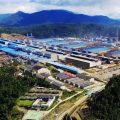

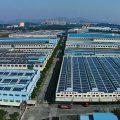

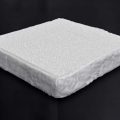


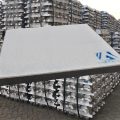

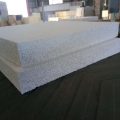
No Comments